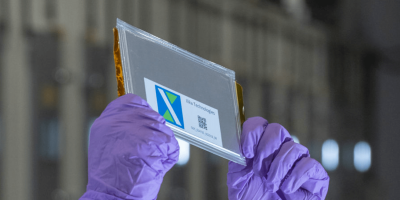Tag
#University of Cambridge

Nyobolt secures €26.4m funding for fast charging
18.04.2025

Nyobolt faces financial hardship
13.01.2025

Faraday Battery Challenge announces new funding round
26.01.2023

University of Cambridge, SYRNEMO, Peugeot, Amionx.
21.03.2017

QUANT e, Supercapacitors, LiFePO4, Fuel Cells.
07.08.2014

Last commented